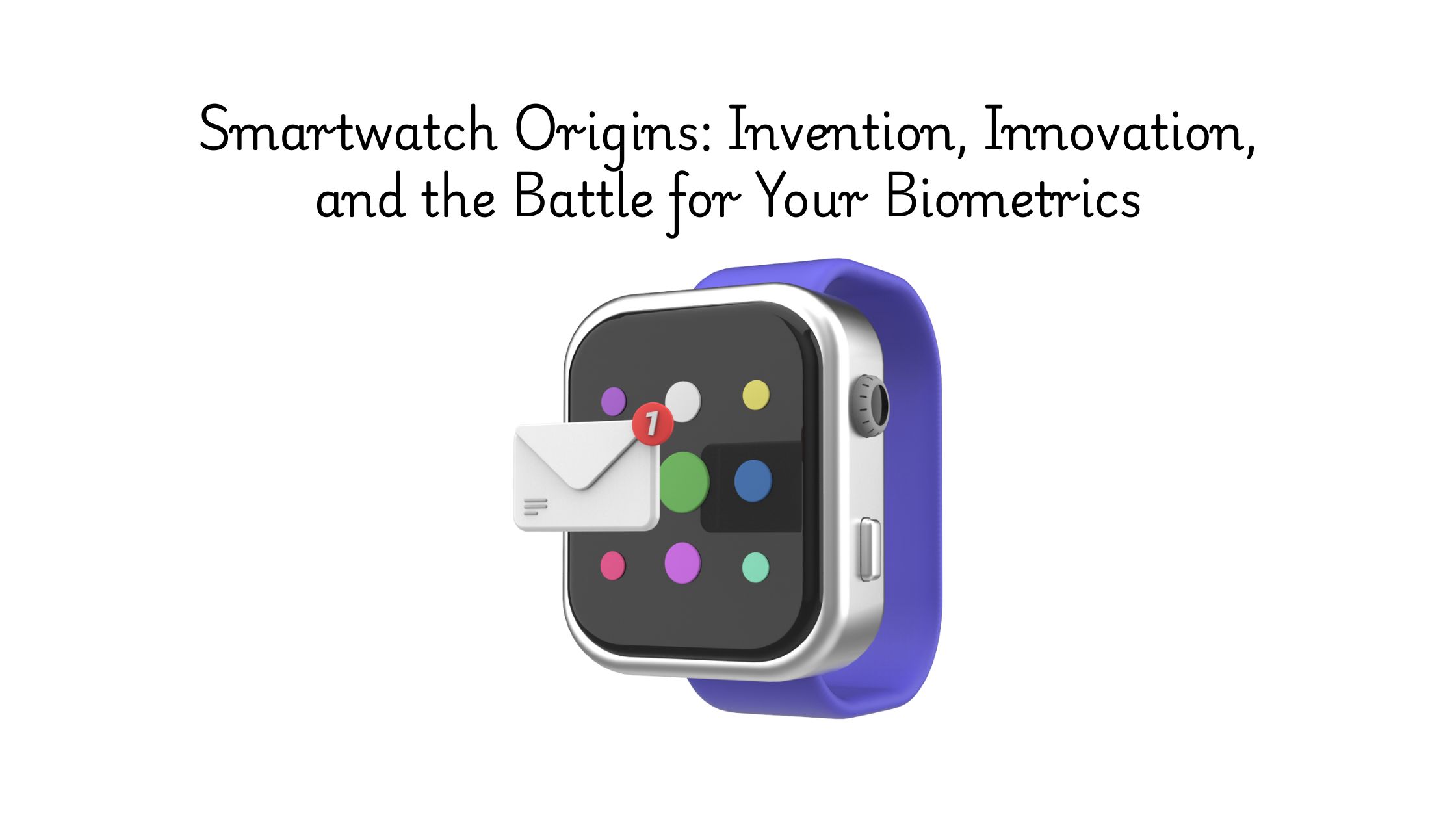The patent US8319619B2 is at the center of three active lawsuits filed by Peregrine Data LLC, a known non-practicing entity (NPE). Peregrine has brought litigation against Lytx, Inc., Solera Holdings LLC, and Garmin International, Inc., alleging infringement tied to this single patent. As the legal spotlight intensifies, understanding what this patent covers and why it’s being targeted is essential.
At its core, US8319619B2 describes a system for collecting, analyzing, and communicating vehicle operation data. Think of it as an intelligent data pipeline that tracks how a vehicle is being driven, stores the information, analyzes it for trends or alerts, and then sends it to a remote system for processing.
Why is this patent under fire? Vehicle data platforms are everywhere, used in insurance, logistics, and automotive safety. Peregrine’s enforcement strategy appears aimed at companies integrating smart vehicle monitoring or telematics into their products. And since the patent was filed more than a decade ago, the chances of finding related patents that may challenge its novelty or scope are high.
That’s where Global Patent Search (GPS) steps in. If you’re analyzing this patent, whether you’re building a defense or assessing risk, GPS helps you uncover related patents that may have similar claims or overlapping technology. It’s not about guesses. It’s about matching key features and reviewing how other patents stack up.
This article explores the details of US8319619B2 and shows how GPS can help you confidently locate the most relevant related patents.
Understanding Patent US8319619B2
US8319619B2 outlines a method and system for automatically capturing and recording 360-degree video footage around a vehicle during an entire trip. Its goal is to document any potentially significant events, such as accidents, road rage, or suspicious activity, without distracting the driver. The system uses multiple outward-facing cameras, typically mounted at the corners of the vehicle, to record and store footage continuously. These images are saved to a digital recording medium and retrieved after the trip for legal or evidentiary use.
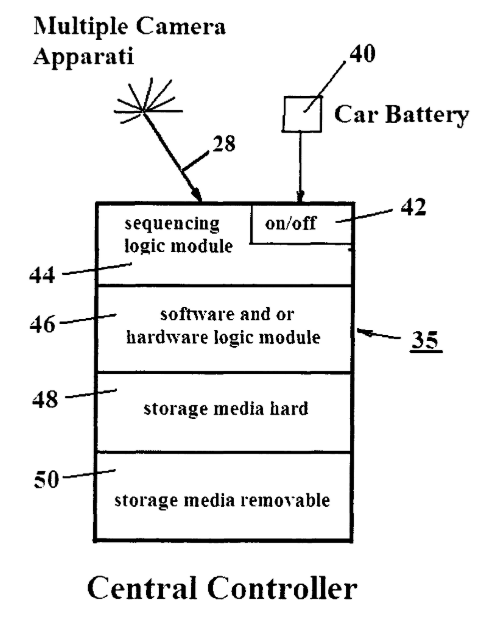
Source: US8319619B2
Its four key features are:
#1. Full perimeter camera coverage: Cameras are mounted in a circumferential pattern to capture views around the entire perimeter of the vehicle.
#2. Automatic & continuous recording: All cameras begin recording at the start of the trip and operate throughout, with no need for driver activation.
#3. Independent camera streams: Each camera records into a separate file or digital track, allowing for detailed retrieval and review.
#4. Driver inaccessibility by design: All recording components are intentionally placed so they cannot distract or be accessed by the driver while driving.
Given that the patent targets systems that passively collect and store visual data from a vehicle’s surroundings, it’s being leveraged in these suits as a potential infringement claim. Whether the patent holds up, however, may depend on discovering related patents that disclose similar systems, a task best suited for a robust tool like Global Patent Search.
Related Patent Reference for US8319619B2
#1. KR20030091565A
This Korean patent, filed on May 28, 2002, outlines a vehicle-mounted security system capable of transmitting motion pictures through mobile signals. It discusses the installation of a surveillance camera within the vehicle to monitor and transmit visual data, primarily for anti-theft and emergency scenarios.
Key Features of this Related Patent:
- In-vehicle surveillance using a single camera – The system describes a camera mounted to capture video footage from inside the vehicle.
- Video data stored temporarily in memory – Captured video is stored digitally, though not in structured, separated files per camera.
- Mobile transmission of visual data – The system enables remote transmission of the video feed via mobile signals during emergencies or vehicle breaches.
Which features of US8319619B2 are disclosed by KR20030091565A?
| Key Feature of Claim 1 | Disclosure Status |
| Optical data from each camera is recorded in separate files in digital memory | Partially Disclosed |
Key Excerpt from KR20030091565A:
“The invention describes a surveillance system mounted on a vehicle, enabling video data to be captured and transmitted via mobile networks. The surveillance camera may be activated under certain conditions, such as anti-theft mode or emergency mode. The video data is temporarily stored in memory and can be transmitted to a designated receiver or mobile device.”
#2. JP2003312447A
This Japanese patent, published on November 6, 2003, discloses a vehicle monitoring system developed by DENSO Corp. It involves using onboard cameras that monitor a vehicle’s surroundings and transmit image signals to a control device. The system emphasizes integration with sensors (like door or vibration sensors) and outlines image processing functions for event monitoring.
Key Features of this Related Patent:
- Fixed vehicle-mounted cameras – The cameras are securely attached to the vehicle, preventing tampering or destruction.
- Outward-facing field of view – Each camera is oriented to monitor the external surroundings of the vehicle.
- Integrated control and storage unit – A central device handles image processing and stores data acquired from the cameras.
Which features of US8319619B2 are disclosed by JP2003312447A?
| Key Feature of Claim 1 | Disclosure Status |
| A plurality of cameras are placed in circumferentially spaced positions around the periphery of the automobile | Partially Disclosed |
| The cameras are fixedly secured to the automobile body | Fully Disclosed |
| The cameras’ fields of view are directed outwardly | Fully Disclosed |
Key Excerpt from JP2003312447A:
“The camera 2 can convert a captured image into an electric signal and send it to the control device 3, and a small camera using a solid-state element such as a CCD is installed in the vehicle to monitor the surroundings. The control device performs various calculations and manages a storage device for information acquired by the camera.”
#3. FR2827063A3
Published on January 10, 2003, this French patent describes a monitoring and alert system for detecting unauthorized human presence in road transport vehicles, particularly targeting illegal immigration. The system includes internal and external cameras, an alarm unit, and driver alerts. The external cameras are installed on the trailer’s roof, enabling a wide monitoring angle.
Key Features of this Related Patent:
- Externally mounted cameras with waterproof housing – The system uses cameras enclosed in durable aluminum boxes, secured by screws or magnets.
- Outward-facing field of view – The cameras are oriented to monitor the trailer’s roof and the surrounding area.
- Remote viewing by authorities – The system allows access to visual data even when the driver is absent, enhancing transport security.
Which features of US8319619B2 are disclosed by FR2827063A3?
| Key Feature of Claim 1 | Disclosure Status |
| The cameras are fixedly secured to the automobile body | Fully Disclosed |
| The cameras’ fields of view are directed outwardly | Fully Disclosed |
| All apparatus for carrying out the method is inaccessible to a driver throughout the trip | Partially Disclosed |
Key Excerpt from FR2827063A3:
“Two mini cameras (A1 / A2) are housed in a waterproof aluminum box with screw or magnet fixing and 360° rotation. Using (MD), the authorities connect to (PCN) to view the interior of the trailer even in the absence of the driver, allowing observation of transported goods without opening the vehicle.”
#4. KR200272641Y1
Published on April 20, 2002, this Korean patent outlines a vehicle security monitoring device designed to prevent car theft and damage. The system features small surveillance cameras mounted outside the vehicle that are connected to a fixed recording unit. The cameras are enclosed within a protective case and include a lifting mechanism that allows the cameras to extend when in use.
Key Features of this Related Patent:
- Fixed camera mountings on the vehicle – The photographing device is secured using a mechanical fixing means.
- Outward-facing surveillance – The cameras are positioned to monitor the vehicle’s external environment.
- Protected internal recording system – The recording apparatus is designed to prevent unauthorized removal or tampering.
This is how feature mapping from the tool looks like:
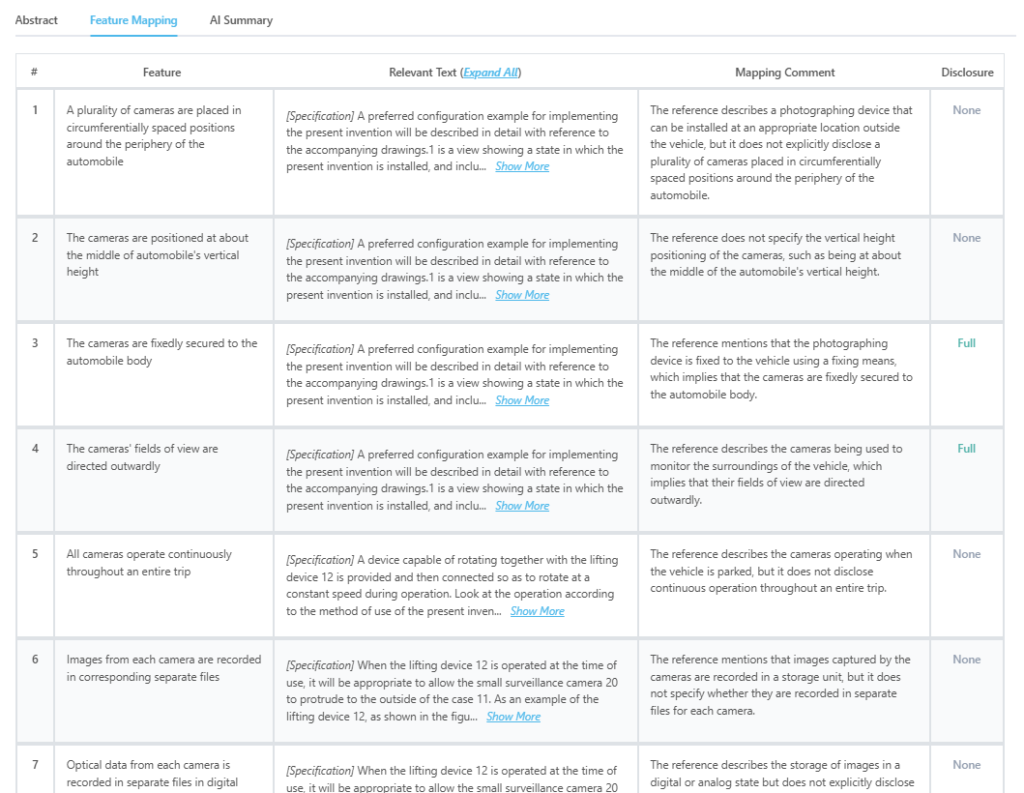
Source: GPS
Which features of US8319619B2 are disclosed by KR200272641Y1?
| Key Feature of Claim 1 | Disclosure Status |
| The cameras are fixedly secured to the automobile body | Fully Disclosed |
| The cameras’ fields of view are directed outwardly | Fully Disclosed |
| All apparatus for carrying out the method is inaccessible to a driver throughout the trip | Fully Disclosed |
Key Excerpt from KR200272641Y1:
“The photographing device is fixed to the vehicle using a fixing means and is designed to be operated with a lifting mechanism. The recording device is installed inside the vehicle and cannot be removed by a thief, ensuring secure storage of the captured footage.”
#5. CN1417064A
This Chinese patent, published on May 14, 2003, discloses a networked alarm system for vehicle hijack prevention. It introduces a monitoring setup consisting of cameras mounted on the vehicle, integrated with a mobile communication system to transmit video data in real time. The invention emphasizes remote alert capabilities, continuous monitoring during suspicious events, and digital image storage.
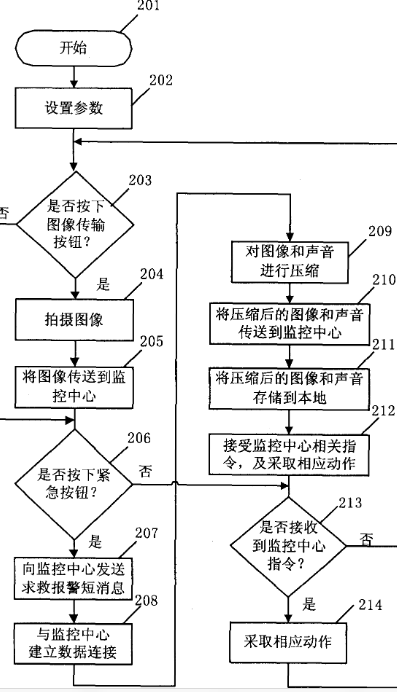
Source: CN1417064A
Key Features of this Related Patent:
- Vehicle-installed cameras for monitoring – This invention incorporates cameras into a networked vehicle security system.
- Digital image storage with mobile alert integration – Images are stored in a digital memory and transmitted in real time when triggered.
- Continuous image capture in alarm scenarios – While not always active during standard trips, the system supports ongoing capture during specific events.
Which features of US8319619B2 are disclosed by CN1417064A?
| Key Feature of Claim 1 | Disclosure Status |
| A plurality of cameras are placed in circumferentially spaced positions around the periphery of the automobile | Partially Disclosed |
| The cameras are fixedly secured to the automobile body. | Partially Disclosed |
| All cameras operate continuously throughout an entire trip. | Partially Disclosed |
Key Excerpt from CN1417064A:
“A vehicle security coupler is provided with an image acquisition device and an image storage device, forming part of a mobile communication and monitoring center. When triggered, it performs continuous image acquisition and remote transmission to designated monitoring terminals.”
Feature Comparison Table
| Key Feature of Claim 1 | KR20030091565A | JP2003312447A | FR2827063A3 | KR200272641Y1 | CN1417064A |
| The cameras are positioned at about the middle of the automobile’s vertical height. | Not Disclosed | Partially Disclosed | Not Disclosed | Not Disclosed | Partially Disclosed |
| The cameras are positioned at about the middle of the automobile’s vertical height. | Not Disclosed | Not Disclosed | Not Disclosed | Not Disclosed | Not Disclosed |
| The cameras are fixedly secured to the automobile body. | Not Disclosed | Fully Disclosed | Fully Disclosed | Fully Disclosed | Partially Disclosed |
| The cameras’ fields of view are directed outwardly. | Not Disclosed | Fully Disclosed | Fully Disclosed | Fully Disclosed | Not Disclosed |
| The cameras’ fields of view are directed outward. | Not Disclosed | Not Disclosed | Not Disclosed | Not Disclosed | Partially Disclosed |
| Images from each camera are recorded in corresponding separate files. | Not Disclosed | Not Disclosed | Not Disclosed | Not Disclosed | Not Disclosed |
| Optical data from each camera is recorded in separate files in digital memory. | Partially Disclosed | Not Disclosed | Not Disclosed | Not Disclosed | Not Disclosed |
| Eight separate files of real-time recorded data are provided from respective cameras. | Not Disclosed | Not Disclosed | Not Disclosed | Not Disclosed | Not Disclosed |
| The cameras operate as a set, with each camera operating separately and individually. | Not Disclosed | Not Disclosed | Not Disclosed | Not Disclosed | Not Disclosed |
| The optical data from each camera is recorded and recovered from separate files. | Not Disclosed | Not Disclosed | Not Disclosed | Not Disclosed | Not Disclosed |
| All apparatus for carrying out the method is inaccessible to a driver throughout the trip. | Not Disclosed | Not Disclosed | Partially Disclosed | Fully Disclosed | Not Disclosed |
How to Find Related Patents Using Global Patent Search
Identifying related patents is essential when evaluating the strength or vulnerability of a patent like US8319619B2, especially when it’s involved in litigation. The Global Patent Search (GPS) tool simplifies this process by providing a precise, feature-level comparison of patents across jurisdictions and categories. Here’s how GPS helps:
Search by patent number or description- Quickly locate related patents by entering the patent number (e.g., US8319619B2) or key functional phrases relevant to the technology.
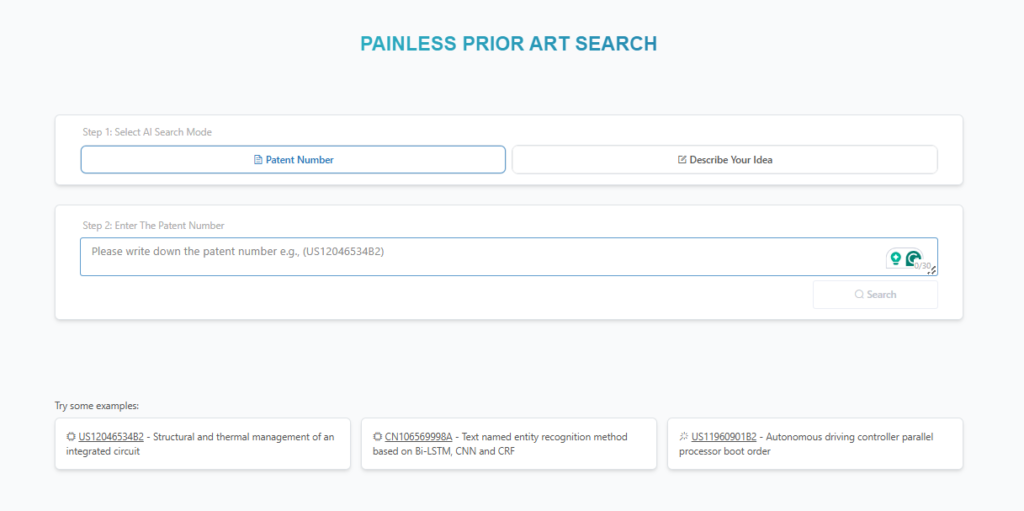
Source: GPS
Leverage feature mapping- GPS breaks down the core claims of a target patent and systematically maps those features against existing patents in its database.
Review matching results- Instantly access a curated list of related patents with detailed mapping on which claim features are disclosed, partially disclosed, or missing.
Analyze detailed reports- Each related patent includes feature-by-feature comparison tables and direct excerpts from the reference patent documents; no guesswork is required.
Make confident legal decisions- Whether building a litigation strategy, assessing licensing risk, or preparing invalidation arguments, GPS equips you with data-backed insights to move forward with clarity.
With Global Patent Search, locating relevant and actionable related patents is no longer a manual burden; it’s a strategic advantage.
Take the Guesswork Out of Related Patent Research
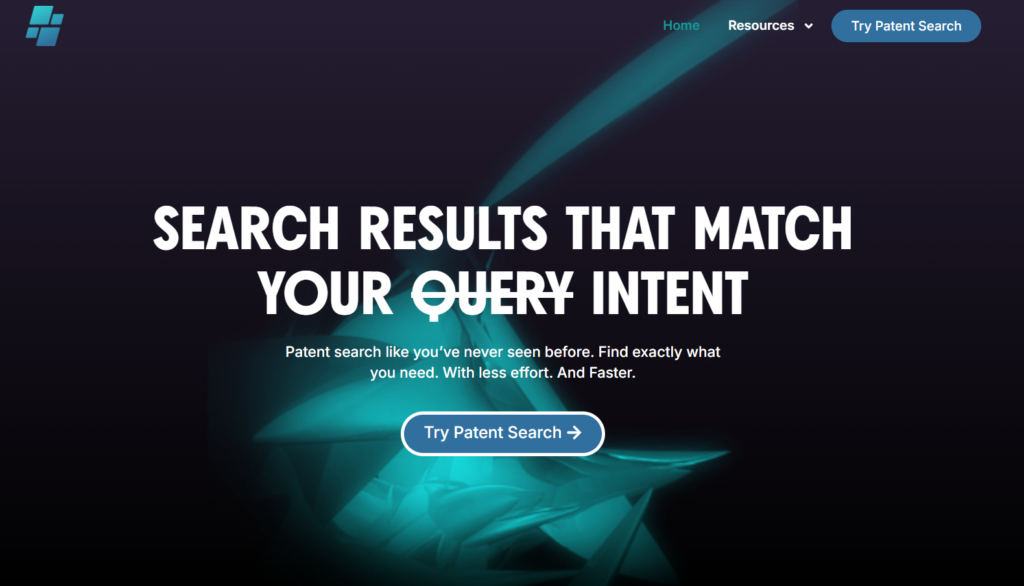
Patent disputes like the ones surrounding US8319619B2 can hinge on the discovery of strong related patents. But uncovering these references manually is time-consuming, complex, and often incomplete.
Global Patent Search removes that uncertainty by delivering:
- Instant results – Search by patent number or keywords and see results in seconds.
- Accurate feature mapping – Know exactly which features are disclosed and where.
- Data-driven insights – Build stronger cases backed by verified technical matches.
If you’re assessing litigation risk, pursuing invalidation, or simply validating a patent’s strength, GPS gives you the confidence to act decisively.
Start your search today with Global Patent Search because the right related patent can change everything.
Disclaimer: The information provided in this article is for informational purposes only and should not be considered legal advice. The related patent references mentioned are preliminary results from the Global Patent Search (GPS) tool and do not guarantee legal significance. For a comprehensive related patent analysis, we recommend conducting a detailed search using GPS or consulting a patent attorney.



